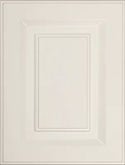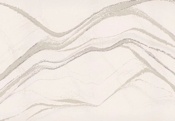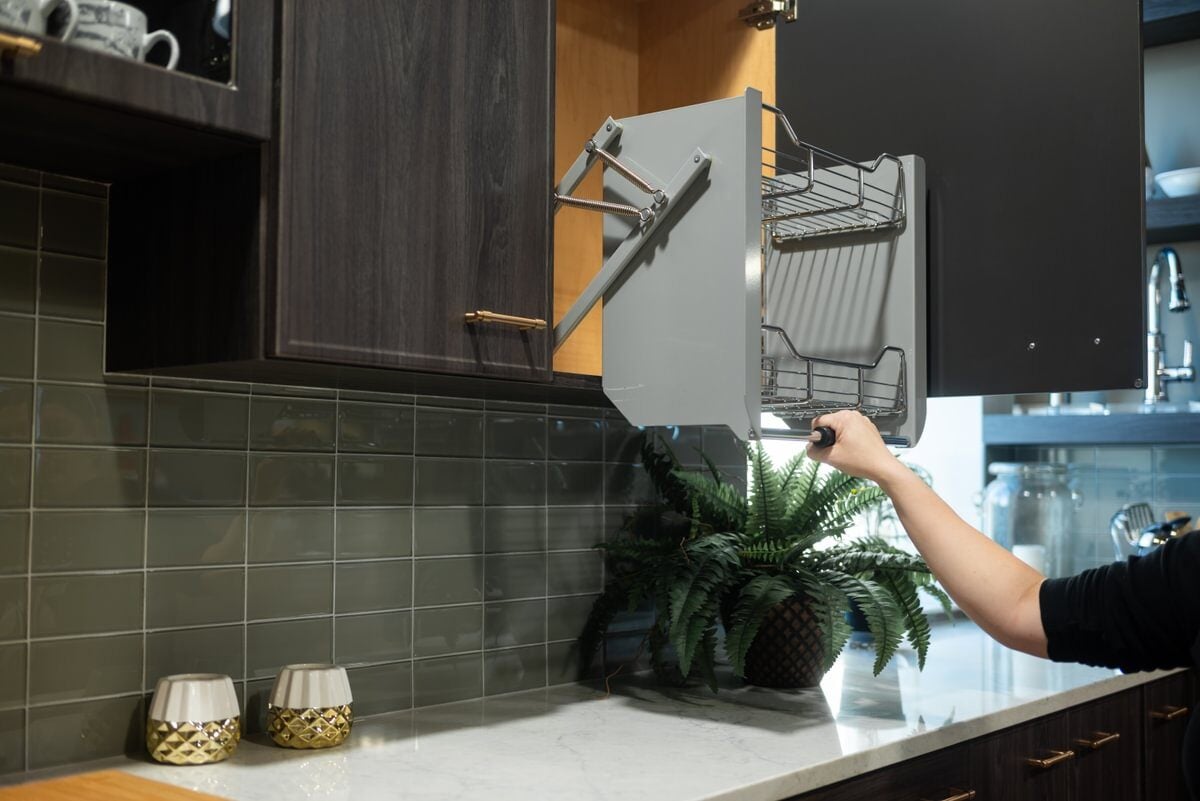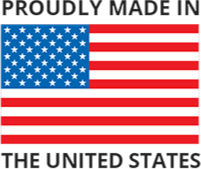While kitchens at their core might seem unchanged — walls, floors, ceilings, and a stove — the reality is they've undergone a remarkable transformation. Today's kitchens aren't just about the basics; they're dynamic spaces fitted with microwaves, refrigerators, advanced coffee stations, and multifunctional sinks. Sure, we could still whip up a meal in a more traditional setup, but there's no denying the convenience and flair of a modern kitchen. This intriguing blend of old and new inspired us to consult with the best kitchen remodeler near you to delve into the evolving world of kitchen design.
How have kitchens evolved?

It's fun to look at what was considered "the next best thing" in kitchen design back at the turn of the century and see how far we've come. Of course, we know the wisest approach is to recognize that our great-great-grandchildren will look back someday and think our"modern" kitchens were oh-so-lacking.
For all intents and purposes, we're talking about middle-class kitchens as our starting point.
Kitchens Prior to the 1940s - Hope You Like Wood Finishes

The American kitchen, prior to the 40s and Post WWII industrialization, meant a lot of wood. Cabinets were wood, floors were wood, countertops were wood and even your sink (aka a wood tub in many cases) and dishware were often made from wood. There's a good chance you built them yourself. In most cases, the eat-in kitchen was the norm and formal dining rooms were a sign of wealth.
The main reason for this being that your stove often doubled as the home's main heat source so you wanted to have one open cooking/eating/living area where everyone could be comfortable. Consider that reliable plumbing and electricity wasn't available to most Americans until well into the 20th century and you can see that kitchen design was pretty rudimentary at this point.
Kitchens in the 40s & 50s

Regardless of your views on war and peace, war has been a major driver of innovation and industrialization world-wide, and American kitchens are no exception. By the post-war era, America was glamorous and everyone wanted a slice of the glittery pie. The return of soldiers on the home front, and the beginnings of what is now referred to as the Baby Boomer generation, meant women were spending more time in the kitchen again.
During this era, the American kitchen was revolutionized. Your typical, early post-war kitchen had a gas cooker with hot plates, a refrigerator (say good-bye to the ice box), prefabricated cabinets and hard surface countertops, and a stainless steel sink. By the 1950's things just got fancier. Kitchens also got more colorful because synthetic materials were easier to maintain, and modernized appliances meant women had more time to care about kitchen design and aesthetics.
Kitchens in the 60s & 70s

Now, we were pretty full of ourselves. The economy was still booming and innovative designs, including kitchen appliances, were moving forward at a rapid pace. Everybody who was anybody built their kitchen for entertaining. Colors and patterns abounded and now there was a much larger delineation between the kitchen and the living room, even if there was an open floor plan.
While we can laugh at the fixtures and finishes used back then (don't laugh too hard, though, since retro kitchens are back in style), the roots of contemporary kitchen design - like the work triangle, islands, raised bars - were born of this era.
Kitchens in the 80s & 90s

Here's the era we're all running away from now. Kitchens of the 80s and 90s were all about oak cabinets, frilly window treatments and color palettes that are now considered gauche. In truth, the bones of the 1980s and 90s kitchens aren't all that much different than the kitchens we design today, it's the fixtures and color schemes that have changed the most.
Kitchens, This Century, Thus Far
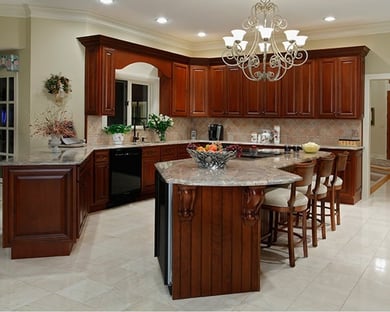
Notice we said, "thus far?" We know that the kitchens of the 2010s and 20s will differ in style from the kitchens of 2034, but our goal is always to design the most aesthetically pleasing and functional kitchens possible for our clients, and we certainly hope they're timeless enough to last a while.
Traditional kitchens will have a few more frills, modern kitchens are all about clean lines and streamlined finishes and transitional designs fall somewhere in the middle. We try to take the best of what the past offers us and blend it with the latest and greatest innovations of the technological era. Where does your kitchen fit on the Kitchen Design Timeline? Is it time for an update? Contact the design experts at Kitchen Magic and we'll be happy to bring it into the 21st century for you.
Who is the best kitchen remodeler near me?
Whether you're stirring a pot over an ancient flame or setting a digital oven with precision, the heart of the home remains the kitchen. No matter what kind of cooking area you’re dreaming of, remember that the perfect kitchen isn't just about the latest gadgets or the most stylish decor; it's about creating a space where memories are made, recipes are shared, and the simple joys of cooking and companionship are cherished. Give us a call to schedule a free design consultation and we’ll make it a place that feels like home.


